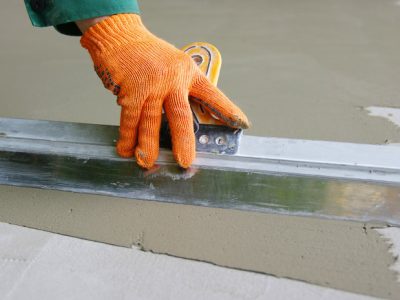
Insidious plumbing threats are a slow leak behind a wall. This occurs due to various factors, such as corroded pipes, improper installation, or even tiny cracks that develop over time. These leaks may start as a mere drip, but if left unchecked, saturate the surrounding drywall, insulation, and even structural elements, creating the perfect breeding ground for mold and rot.
Sewer line clogs and backups
The home’s sewer line is the unsung hero that carries away wastewater from sinks, toilets, and other fixtures. However, when this line becomes blocked or damaged, it leads to a nightmare scenario: a sewage backup flooding your home with contaminated water and waste. Sewer line clogs be caused by various factors, including tree roots infiltrating the pipes, accumulated grease and debris, or even shifting soil that crushes or displaces the line. These blockages build up slowly, causing occasional slow drains or gurgling noises, before culminating in a full-blown backup.
Hidden pipe leaks
While leaks behind walls are problematic, hidden pipe leaks within walls or ceilings are challenging to detect and repair. These leaks occur due to frozen pipes (in colder climates), excessive water pressure, or simply aging and corroded pipes check my source. Unlike a visible leak, hidden pipe leaks go unnoticed for extended periods, allowing water to seep into surrounding materials and potentially causing significant structural damage before becoming apparent.
Water heater failures
The water heater is a hardworking appliance that supplies your home with hot water for showers, dishes, and laundry. However, like any other appliance, water heaters have a finite lifespan and fail without warning, leading to costly water damage. Water heater failures occur due to various reasons, such as sediment buildup, corrosion, or simply old age. When a water heater fails, it releases gallons of water into your home, causing extensive damage to floors, walls, and personal belongings.
Hidden plumbing disasters taking action
If you’ve noticed any of the warning signs mentioned above or have concerns about the state of your home’s plumbing system, it’s crucial to take action immediately.
- Schedule a professional inspection
Hiring a licensed and experienced plumber to inspect your home’s plumbing system is a wise investment. These professionals have the tools and expertise to identify potential issues before they escalate into costly disasters. They use specialized equipment, such as camera inspections, to examine the condition of pipes hidden behind walls or underground.
- Address minor issues promptly
If your plumber identifies minor issues, such as slow drains or small leaks, it’s essential to address them promptly. Ignoring these seemingly minor problems leads to more significant, costlier issues down the line.
- Consider pipe replacements
In cases, particularly with older homes, your plumber may recommend replacing aging or corroded pipes. While this is a significant investment upfront, it prevents future leaks, clogs, and the potential for extensive water damage.
- Maintain your plumbing system
Regular maintenance is key to preventing hidden plumbing disasters. This includes annual inspections, flushing out water heater sediment, and addressing any issues promptly. Additionally, being mindful of what goes down your drains and avoiding flushing non-biodegradable items help prevent clogs and backups.











